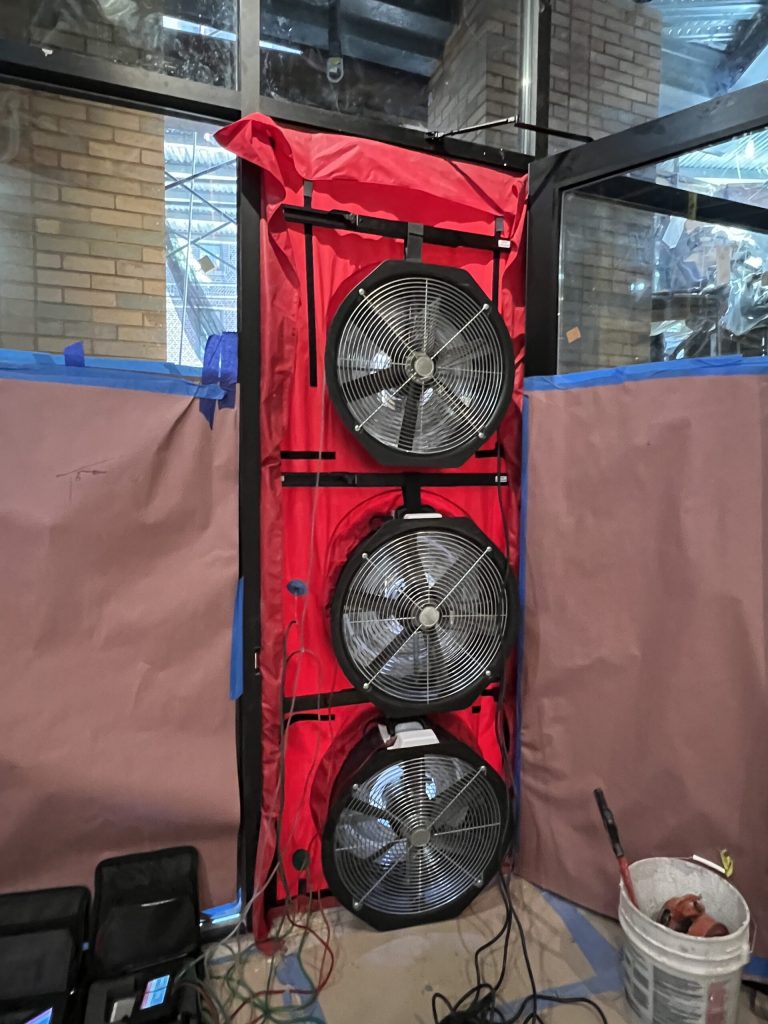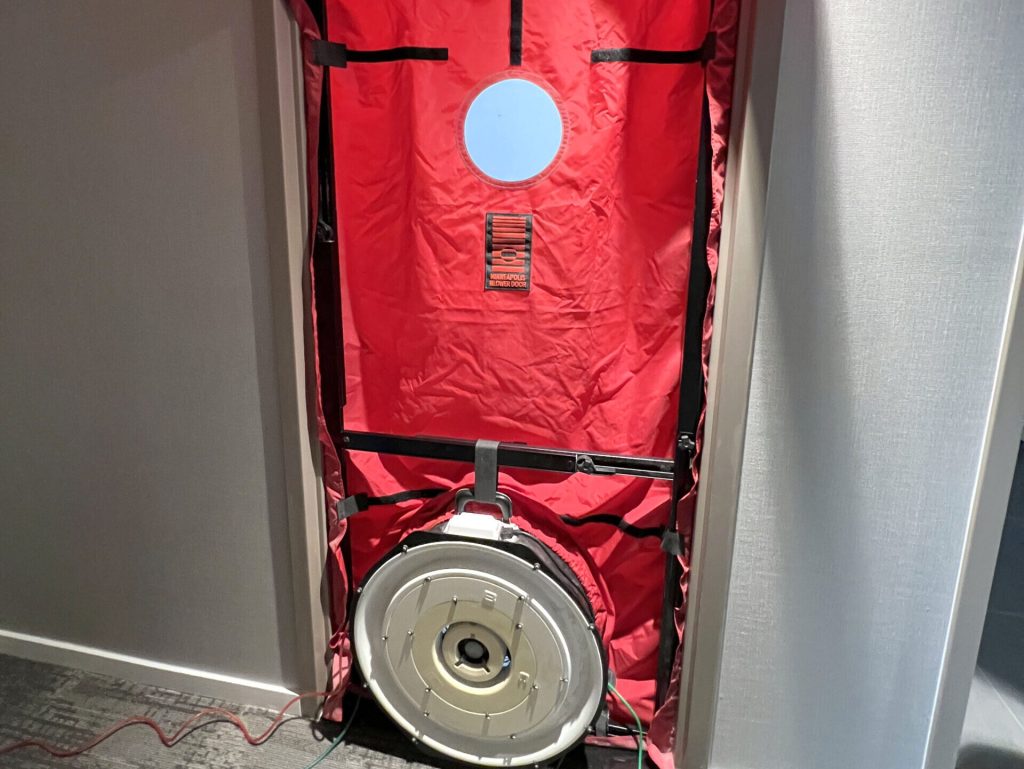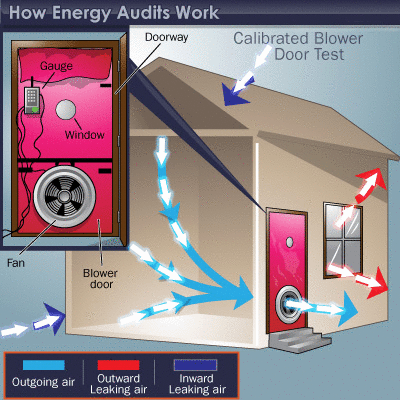How long a blower door test takes will vary based on the size of the home. Generally, a blower door test, when combined with a whole home energy audit, should take approximately 1-2 hours. The blower door test itself can run for about a half an hour.




